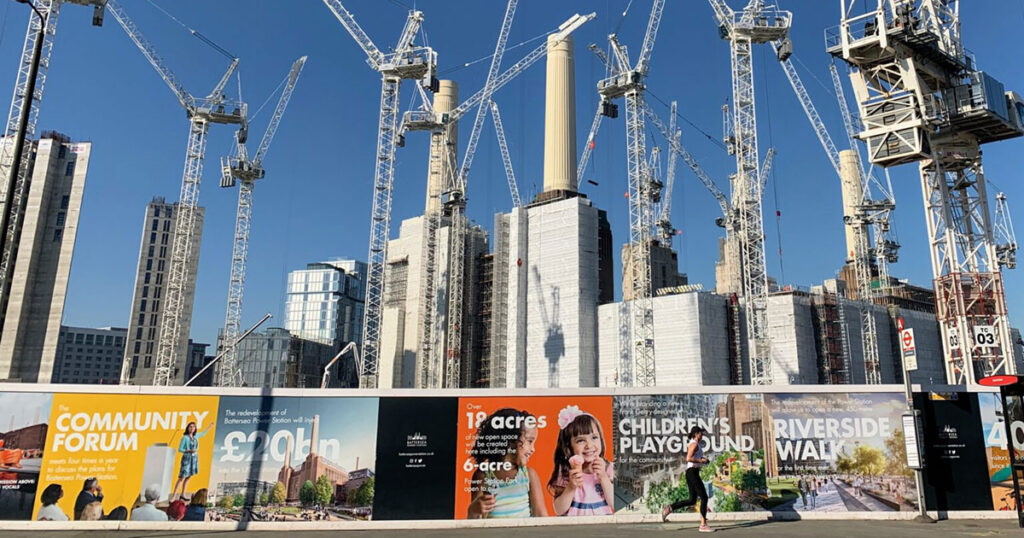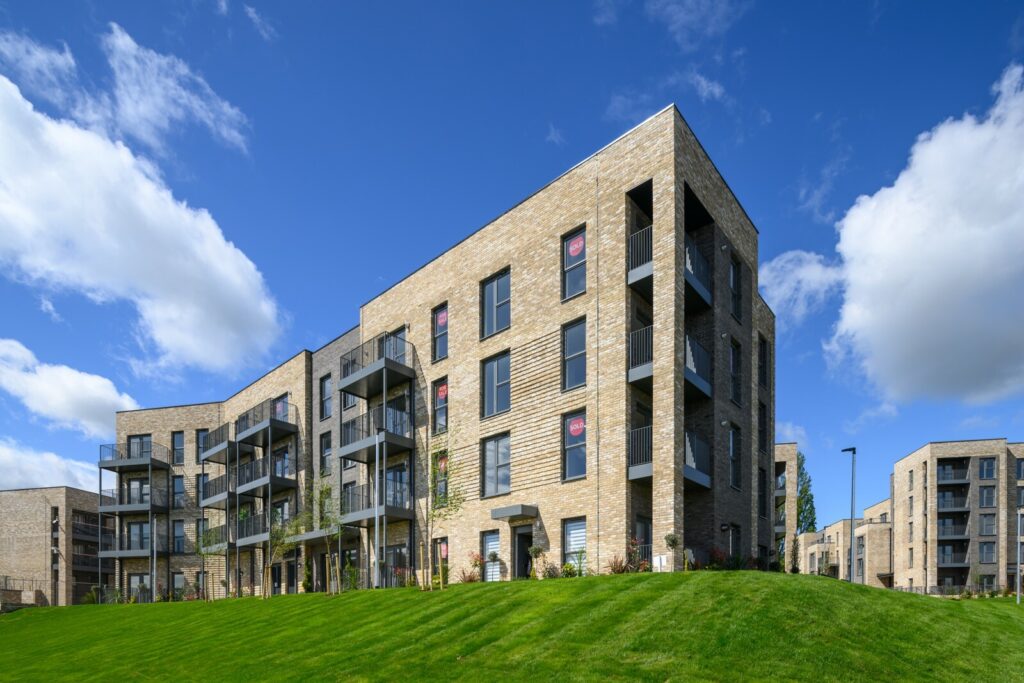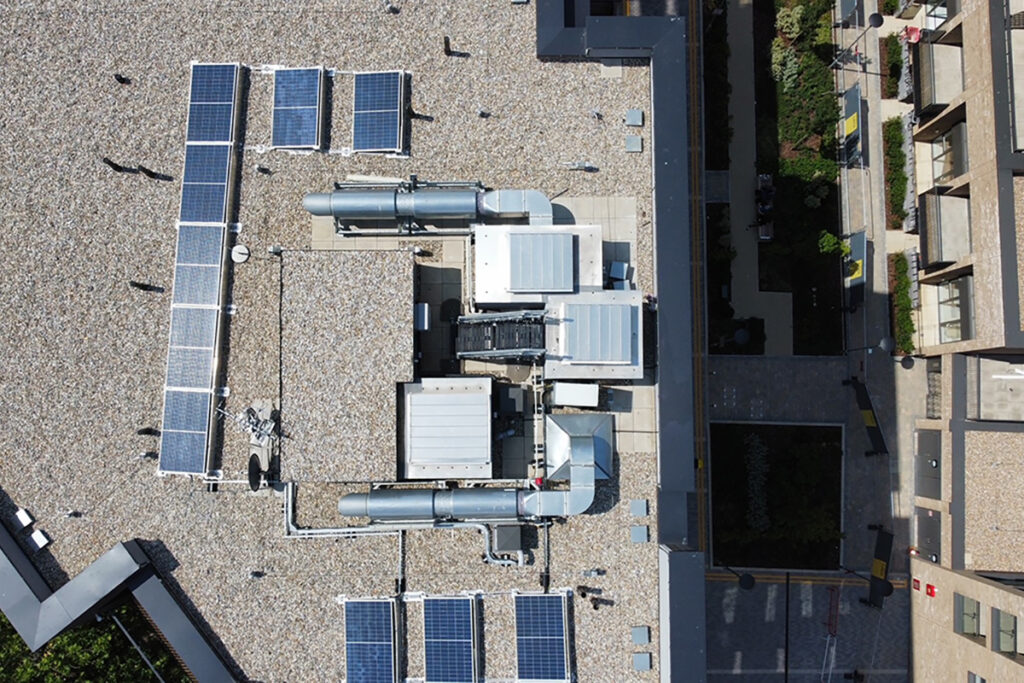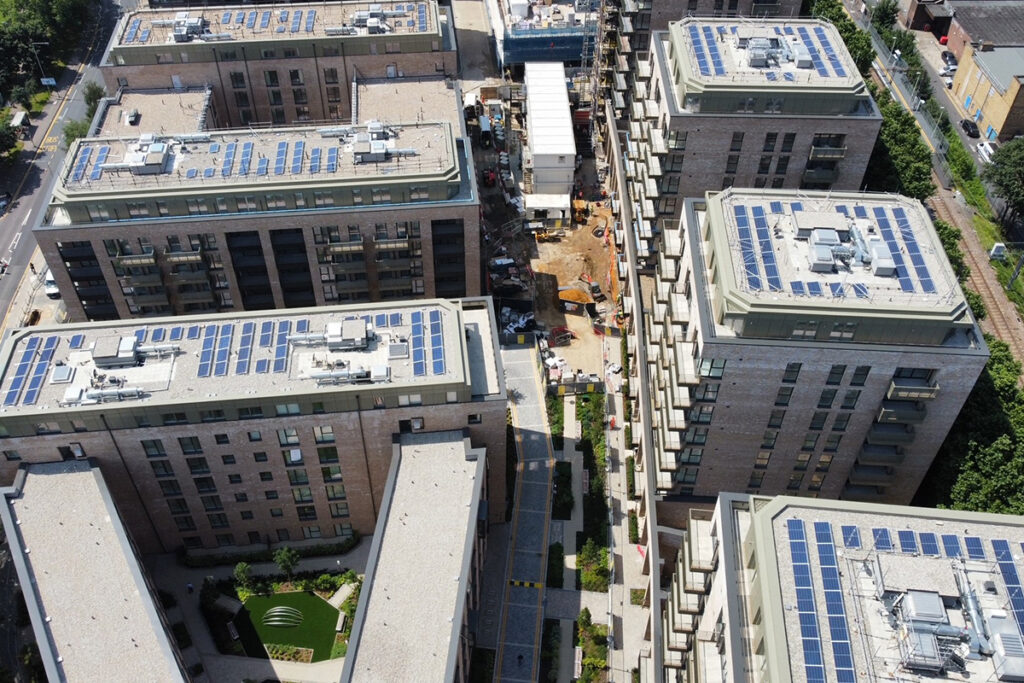Over the last few years, the fire safety and smoke ventilation industry has been experiencing shifting legislature resulting in changes to designing, installing and maintaining fire safety systems. Therefore, it is critical that in order for your projects to remain compliant, you understand these shifting regulations and engage with competent and compliant Fire Safety Engineers.
These changes have broadly been the byproduct of three driving forces:
- The Hackitt Report
- MHCLG (The Ministry of Housing, Communities and Local Government)
- New Building Regulations
The Hackitt Report
Commissioned by Dame Judith Hackitt, The Hackitt Report was conducted following the tragedy at Grenfell Tower. The report looks into fire safety regulations, how to improve compliance and the enforcement of these new regulations. The report focuses on high-rise residential buildings, and it is within the residential sector where many regulations you should be aware of are changing.
Alongside identifying systematic failures within the industry, the report continues to provide recommendations for stricter regulations, means of enforcement and accountability of firms.
MHCLG ‘Building a Safer Future’
In June 2019, alongside the Hackitt Report, the government published the Ministry of Housing, Communities and Local Government’s report ‘Building a Safer Future’ outlining their proposal for a building’s fire safety system.
Alongside the report, new regulations were introduced to the industry, including one prohibiting the use of nearly all combustible materials in the external walls of high-rise residential buildings over 18m in height or 10 storeys subject to consultation.
With the prioritisation of fire safety at the forefront of the construction industry, the new regulations are expected to increase and be extended to other high-risk buildings in the future.
The MHCLG has also reviewed and republished Approved Document B with more clarity in how firms are meeting the fire safety requirements of the building regulations. This applies to both new and old buildings to ensure they are meeting modern safety requirements.
Alongside this, there have been two further challenges introduced with the introduction of the Joint Competency Authority (JCA) and statuary gateways. The introduction of the JCA is likely going to reduce the design flexibility that firms currently have and consequently increase approval costs.
The introduction of statutory gateways is likely going to increase the duration of a project resulting in an increase in operational costs. However, questions will be raised as a result of these gateways including; will it be possible to sufficiently complete the design before starting construction? Will it be possible to get a safety certificate for timely occupation?
Finally, the government are introducing new regulations and the methods of enforcing them on an ongoing basis. As recently as November 2020 new legislation has been drafted, demonstrating the importance of understanding the transforming industry and complying to it’s changing regulations.
New Building Regulations
These new building regulations will have a profound impact on the industry, influencing a firm’s competency in designing, constructing, and installing competent fire safety systems that maximise occupants’ safety.
It is essential to monitor and understand these shifting regulations that impact the industry continually. Part of the amendments to the Approved Documents back in 2018, effect the materials that form part of an external wall or specified attachment of a relevant building per BS EN 13501.
Alongside understanding the changing legal regulations, it is also important to understand their exemptions and if your new project qualifies for them.
In 2019, Approved Document B was re-drafted to clarify language and content alongside the new report by MHCLG. Whilst this drafting did not amend the technical guidelines, the redrafting could lead to amendments in the future.
Moving forwards
Whilst many of the changes are still unfolding within the industry, it is clear from the new guidelines that compliance is critical to improving the design, installation and maintenance of Fire Safety and Smoke Ventilation Systems to enhance new and existing buildings’ quality. Dame Judith Hackitt has even announced plans to recognise companies who reform their working practices before they are forced to by new regulations.
Whilst some of the amendments to Approved Document B have been taking a guidelines stance, with regulators’ clear objective being to improve the quality of fire safety in a building, many of these guidelines will become legal obligations.
If you would like to learn more about the above factors and how you can reach compliance, consider booking our ‘The Consequences of Tighter Regulation’ CPD – we will review with you and your company how the implications of these shifting regulations impact your current and future projects within the residential and commercial sectors.




